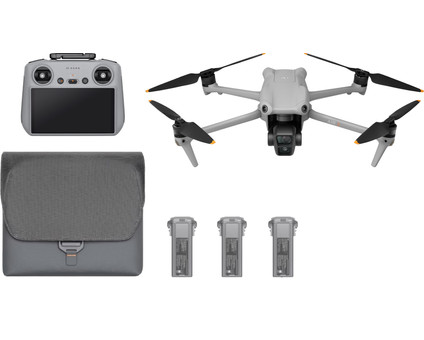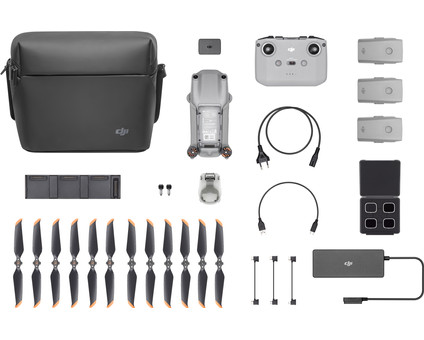
Compare the DJI Air 3 to the DJI Air 2S
View the DJI Mavic Air 3 and DJI Air 2S
Compare the DJI Air 3 to the DJI Air 2S
| DJI Air 3 | DJI Air 2S | |
|---|---|---|
| Telephoto lens | Yes | No |
| Maximum resolution | 4K 60 fps | 5.4K 30 fps |
| Maximum flight time | 46 minutes | 31 minutes |
| Drone course | Basic light | Basic |
| Image sensor | 1/1.3 inch | 1 inch |
Image quality
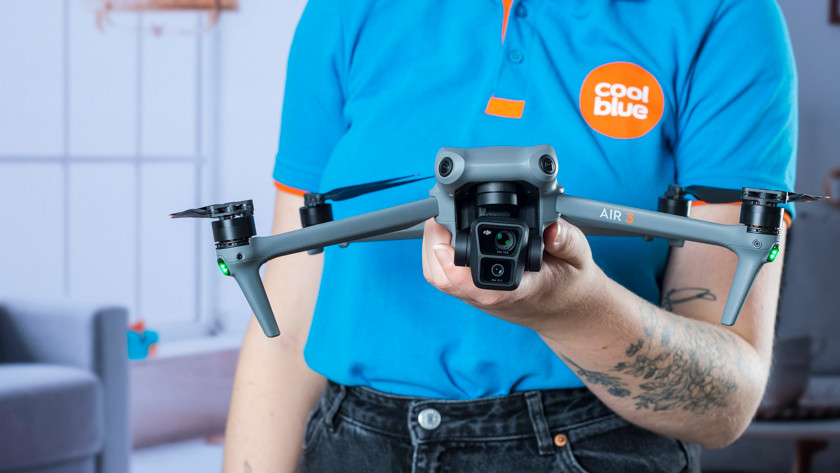
Air 3: wide-angle lens and telephoto lens
The DJI Air 3 has 2 cameras. You can record wide-angle images with the 24mm lens. Capture a meadow, for example. The telephoto lens has a 70mm focal length. This allows you to easily zoom in on a subject in the distance. Thanks to the 1/1.3 inch image sensor, you can make sharp videos. You can record in 4K resolution with a maximum of 60 frames per second. These images are suitable for hobby and professional use. Photos with the Air 3 have 48 megapixels. This allows you to crop them afterwards without losing quality.
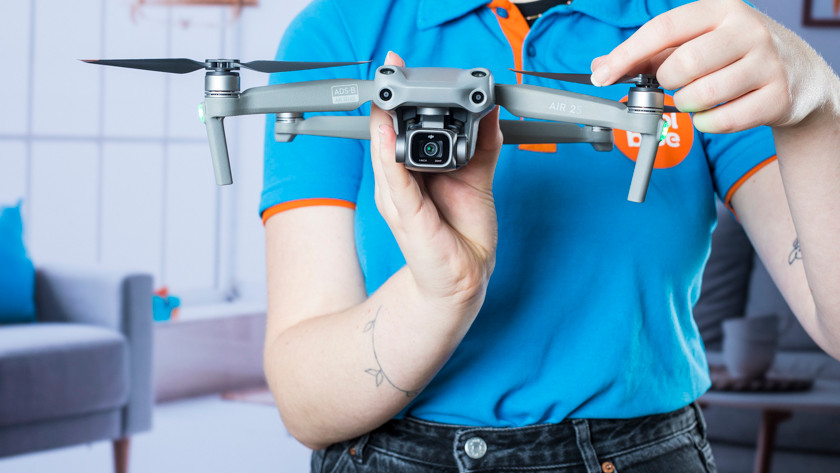
Air 2S: wide-angle lens
With the Air 2S, you can only capture wide-angle images. This drone has 1 lens with a 22m focal length. So you can't zoom in, which makes the drone less versatile. It has a 1-inch image sensor, which is larger than that of the Air 3. This makes your images look clearer. That's useful if you often fly at dusk. You can record videos in 5.4K resolution at 30 fps. This means that you can record sharper videos than with the Air 3.
User-friendliness
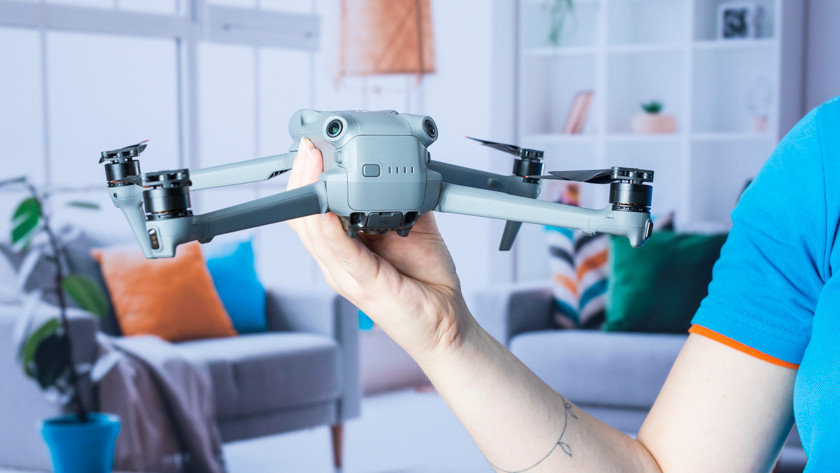
Air 3: 360-degree obstacle detection
Thanks to the 360-degree obstacle detection of the Air 3, this drone is suitable for novice pilots. The sensors detect obstacles on all sides. In case of an obstacle, the drone brakes or flies around it. If you have little experience with drones, you're less likely to fly into objects this way. Thanks to the OcuSync 4.0 connection, the connection between the drone and the remote control is very stable. The connection is less likely to drop when you fly around trees, which makes it feel safe.
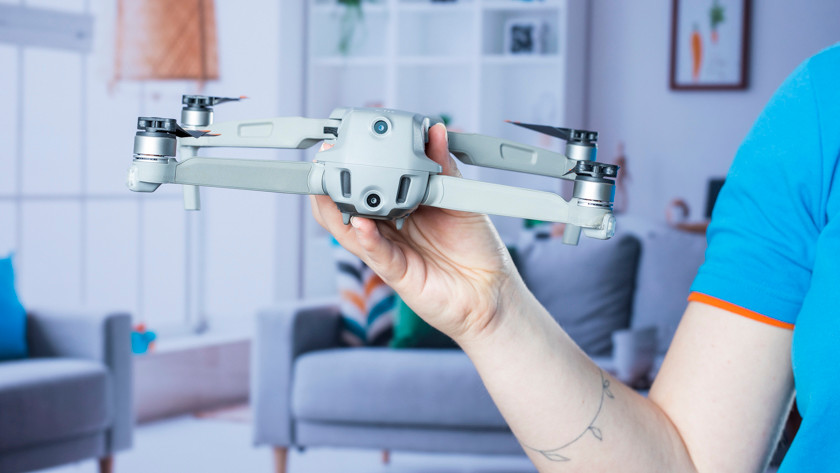
Air 2S: obstacle detection on the front, bottom, and back
The Air 2S also has obstacle detection sensors. They're located on the front, bottom, and back. So the drone doesn't avoid obstacles on the sides. This means that you should be very careful when flying sideways with the Air 2S. The Air 2S uses OcuSync 3.0 for the connection between the remote and the drone. This connection is more likely to drop when there's a building between the remote and the drone, for example.
Flight time
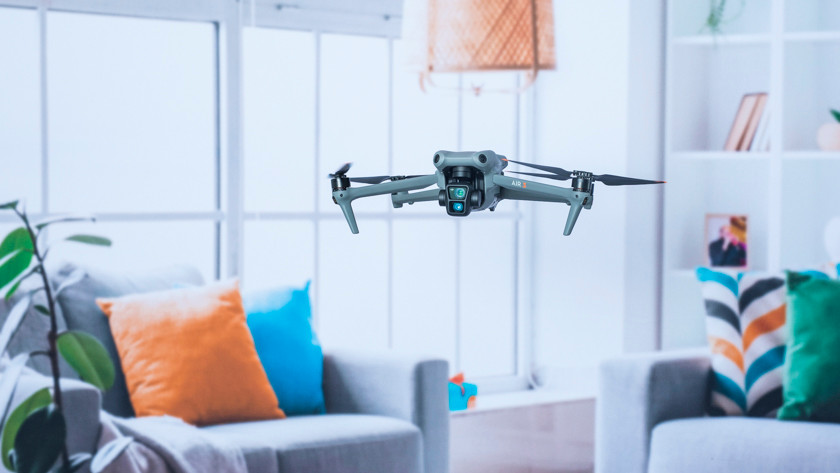
Air 3: 46 minutes of flying
With the DJI Air 3, you can fly for 46 minutes on a full battery. This is a relatively long flight time for a drone that weighs 720g. You take it into the woods when you go for a walk, for example. At 75.6km/h, the drone flies faster than the Air 2S. The Air 3 has a C1 label, which means that you have to do a basic light drone course. That's because you can fly closer to people and buildings with drones from this category.
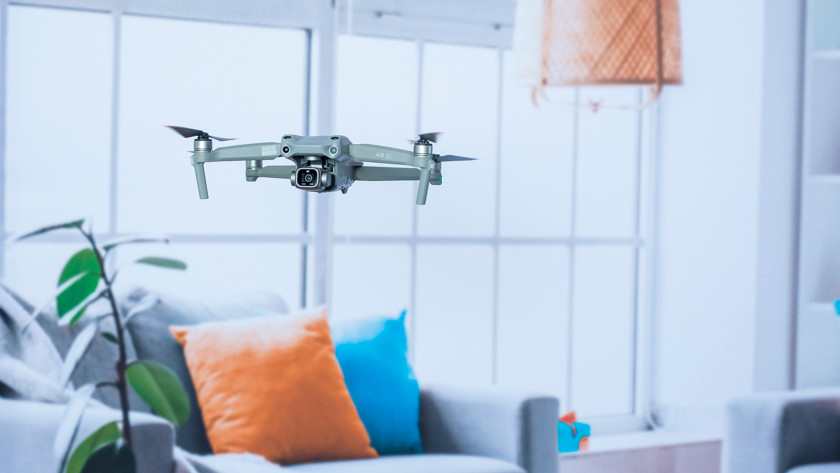
Air 2S: 31 minutes of flying
The Air 2S has a shorter battery life, 31 minutes. You can fly over the beach at 68.4km/h, for example. If you take the drone out for a day, we recommend that you pack a spare battery. The Air 2S weighs 595g and doesn't have a Cx label. So you need a basic drone course to fly the Air 2S. When flying, you have to keep more distance from people.
Conclusion
If you have little experience with drones, both the DJI Air 3 and the Air 2S are good choices for you. If you want to make videos with different angles of view, the Air 3 is a good option for you. The double lens allows you to capture both wide-angle and telephoto shots. The 360-degree obstacle detection and longer flight time make the drone easy to use. If you prefer to make videos in the highest image quality, choose the Air 2S.



